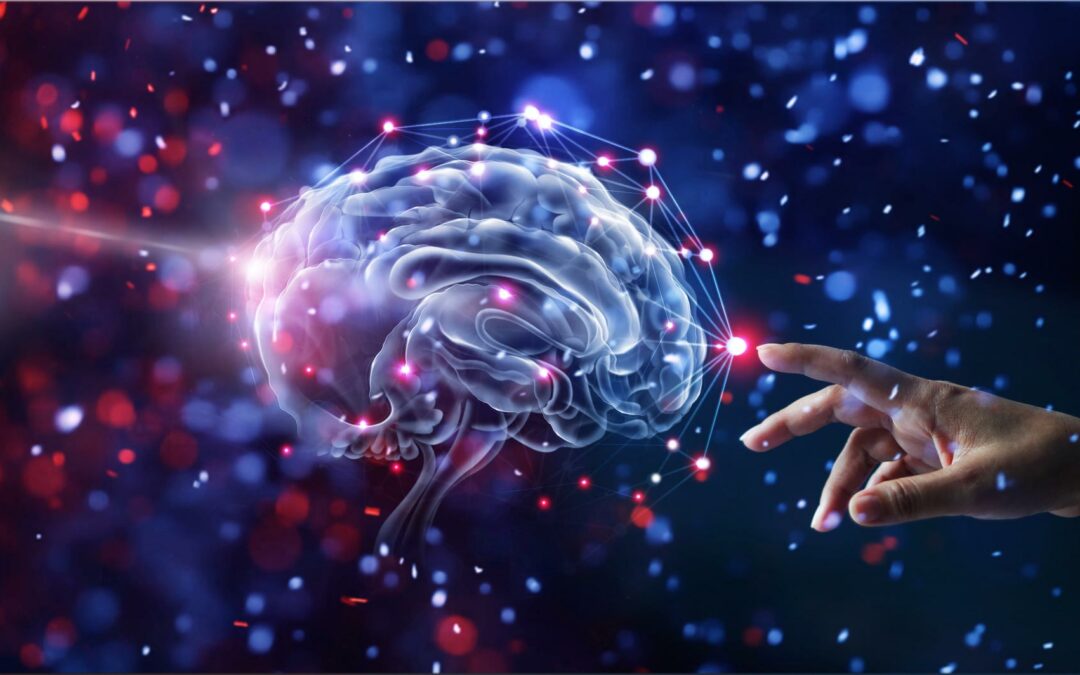
We are watching as a wave of artificial intelligence permeates consumer platforms everywhere. AI is having a significant impact on the patent industry, revolutionizing various aspects of the patent process. The use of AI in patented processes and products over the years has grown substantially. Machine learning is the dominant artificial intelligence (AI) technique and is found in 40% of all AI-related patents studied and the technique grows at an average rate of 28% every year.
Here are a few ways in which AI is being integrated into the innovation and ideation workflow to optimize the patent process:
1: Prior art search:
AI-powered algorithms can quickly analyze vast amounts of data, including patents, scientific papers, and other relevant sources, to identify prior art. This helps patent examiners and patent attorneys save time and effort in conducting comprehensive prior art searches.
2: Automated patent drafting:
AI tools can assist in the generation of patent applications by analyzing existing patents and providing suggestions for claims and descriptions. This can streamline the drafting process, increase efficiency, and improve the quality of patent applications.
3: Patent classification and categorization:
AI algorithms can accurately classify and categorize patents based on their content, which helps in organizing patent databases and enables better search and retrieval of patent information.
4: Predictive analytics:
AI can analyze patent data to identify trends, patterns, and potential areas of innovation. It can provide insights into emerging technologies, help identify white spaces in specific industries, and aid in making strategic decisions related to patent filing and portfolio management.
5: Patent valuation and licensing:
AI can assist in assessing the value of patents by analyzing their technical and commercial relevance, citation networks, and market trends. This helps patent holders in licensing negotiations and determining the worth of their intellectual property assets.
6: Patent infringement detection:
AI algorithms can analyze large volumes of data, including patent documents, technical specifications, and product descriptions, to identify potential instances of patent infringement. This can help patent owners monitor the market and take appropriate legal action when necessary.
7: Patent examination and evaluation:
AI tools can assist patent examiners in reviewing and assessing patent applications. By automating certain tasks, such as identifying inconsistencies or similarities with prior art, AI can improve the efficiency and accuracy of the examination process.
AI LEgalities
But can AI legally file patent applications?
Consumers everywhere are concerned about the dissemination of AI liberally throughout consumer-facing applications for fear that it will disrupt or replace originality and innovation and potentially replace jobs. The emergence of artificial intelligence-related technology as a means of innovation has led to uncertainties for companies across industries, primarily because U.S. patent law has historically held that intellectual property rights be assigned only to humans. So, can AI legally file patent applications on its own? In other words, can AI patent innovate independently from people? The answer: as the law currently stands, inventions purely developed by an AI machine are not eligible for patent protection.
USPTO POLICY
Federal Circuit decision, Thaler v. Vidal
As the USPTO explored the policy and legal issues surrounding AI inventorship, it was presented with an opportune test case. In 2019, an AI system named DABUS (short for Device for the Autonomous Bootstrapping of Unified Sentience) was credited as the inventor in two patent applications filed by Stephen Thaler, the developer of the AI system.
The USPTO and Federal Circuit’s opinions imply that inventions made by human beings with the assistance of AI are eligible for patent protection. However, there is uncertainty and much debate as to how much AI assistance is too much for patentability. And as the law currently stands, inventions purely developed by an AI machine are not eligible for patent protection.
The USPTO rejected the applications, finding them incomplete for lack of a valid inventor. The USPTO held that the Patent Act limits inventorship to natural persons, referring to U.S. Court of Appeals for the Federal Circuit opinions reaching similar conclusions in denying inventorship status to states and corporations.
Dr. Thaler sought review of the decision, but the district court agreed with the USPTO’s conclusion and denied inventorship status to DABUS. The court found “overwhelming evidence” that Congress intended to limit the definition of “inventor” to natural persons. The court also referenced findings from the USPTO’s 2019 Federal Register notice in emphasizing that many commentators disagreed with Dr. Thaler’s view that AI machines should be recognized as inventors.

Dr. Thaler filed a petition for a writ of certiorari with the Supreme Court in March 2023, giving the justices an opportunity to speak on this issue. But a drastic shift in patent inventorship would require exploration of myriad complex questions, including:
- If AI can be an inventor, what happens to the human-based standards by which innovation is judged when deciding patentability?
- Would an AI inventor be charged with all the knowledge on the internet?
- If that’s the case, wouldn’t everything become obvious and therefore unpatentable to an AI?
IMPLICATIONS OF AI
The long-term implications of AI in the patent world
Overall, AI is transforming the patent industry by increasing efficiency, reducing costs, and improving the quality of patent-related services. It is enabling faster and more accurate decision-making, enhancing patent searches and analysis, and providing valuable insights for strategic decision-making in intellectual property management.
The ability to obtain a patent on an invention is a critical means for businesses to protect their intellectual property and maintain a competitive edge in the marketplace. But the requirement that an “inventor” be a natural person is at odds with the reality of AI-generated inventions.
As the conversation around AI inventorship unfolds, companies should be aware of alternative ways to protect their AI-generated inventions, such as using trade secrets. Similar developments in copyright law denying protection for purely AI-developed works only add to the complications that owners face in obtaining adequate IP protections for AI creations.
The future of AI is highly uncertain. The USPTO is not closed off to AI integration, however protocols will need to change and evolve to adequately protect the process. In February 2023, the USPTO engaged the community for feedback regarding two critical points:
> The USPTO should expand its current guidance on inventorship to address situations in which AI significantly contributes to inventions.
> Other countries have effective approaches to AI inventorship issues.
AI is continuing to evolve as an “assistive technology” rather than a replacement technology. How the innovative landscape evolves to accommodate AI is still uncertain.
AI INTEGRATION

AI is an integrated assistant tool within the IP Suite. Our commitment is to responsible and transparent AI that accelerates productivity, efficiency, decision-making and ROI vs replacing people and functions or putting companies at risk by introducing experimental AI that puts patents, portfolios or businesses at risk.
Learn more about the IP Suite by downloading our overview brochure and reach out to us to learn more.

